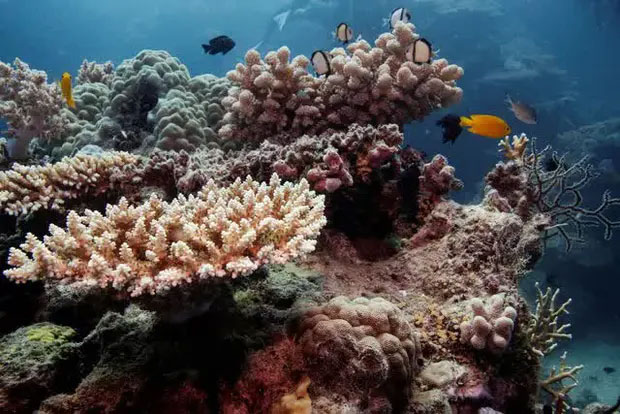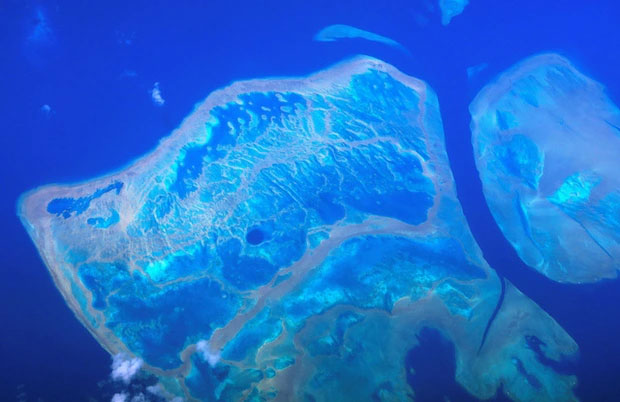According to a recent report from the Australian Institute of Marine Science, the number of corals in certain areas of the Great Barrier Reef has reached its highest level in 36 years.
From August 2021 to May 2022, the central and northern regions of the Great Barrier Reef recorded hard coral cover levels of 33% and 36%, respectively. However, there was a 4% decline in coral cover in the southern region due to an outbreak of crown-of-thorns starfish.
The Australian Institute of Marine Science found that 87 reefs generally exhibited low levels of acute stress due to factors such as cyclones and the increasing population of crown-of-thorns starfish. (Crown-of-thorns starfish are the second largest species in the world, growing up to 3 meters long and preying on coral. They possess spines with venom harmful to humans and marine wildlife).

Coral recovering on the Great Barrier Reef off the coast of Cairns, October 25, 2019. (Photo: Reuters).
The surveyed area represents two-thirds of the total area of the Great Barrier Reef.
The report indicated that nearly half of the studied reefs had hard coral cover ranging from 10% to 30%, while about one-third of the reefs had hard coral cover between 30% and 50%.
Higher water temperatures have led to coral bleaching in some areas in March, but the temperatures did not rise high enough to cause coral death, according to the Australian Institute of Marine Science.

Aerial view of the Great Barrier Reef off the coast of Queensland, near Rockhampton, Australia, November 15, 2018. (Photo: Reuters)
Coral at the Great Barrier Reef has shown resilience and can recover from past disturbances, according to the Australian Institute of Marine Science. However, the stressors affecting the coral are far from disappearing. Projections indicate that heatwaves, cyclones, and crown-of-thorns starfish outbreaks will occur more frequently and persistently.
“Therefore, while the observed recovery provides good news for the overall status of the Great Barrier, there are growing concerns about the ability to maintain this state (of coral bleaching)”, the report stated.


















































